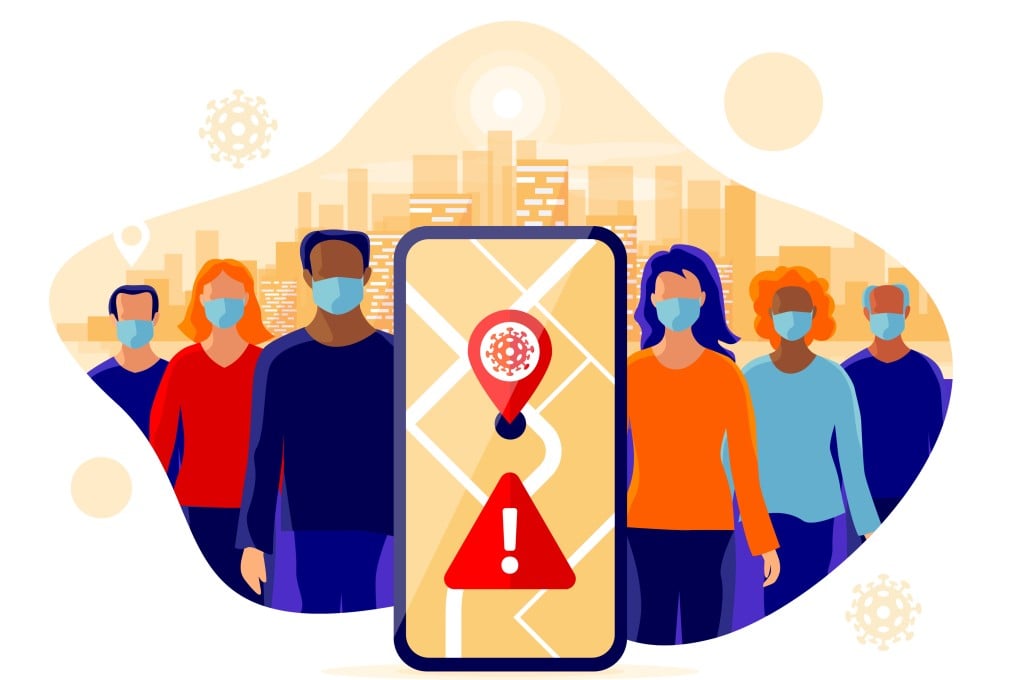Advertisement
How does Hong Kong’s ‘Leave Home Safe’ stack up against global contact-tracing apps in keeping track of Covid-19 infections?
- Apart from China’s national health code system, must-have apps for travellers include Hong Kong’s ‘Leave Home Safe’, Singapore’s TraceTogether and Japan’s COCOA
- Covid-19 tracking and contact-tracing apps have become essential for many people to safely carry on outside their homes, while observing social-distancing rules
Reading Time:3 minutes
Why you can trust SCMP
2

In March, the World Health Organization will mark two years since it declared the Covid-19 outbreak a global pandemic.
Despite the disruptions caused by Covid-19, advances in technology have helped countries around the world fight the spread of the coronavirus, sustain daily life, bolster business and government continuity, and keep people connected.
Coronavirus tracking and contact-tracing apps have become essential for many people to have on their smartphones to safely carry on outside their homes, while observing social-distancing rules.
Here is a list of the major Covid-19 tracking systems to help travellers get around.

Mainland China’s national health code system
Advertisement